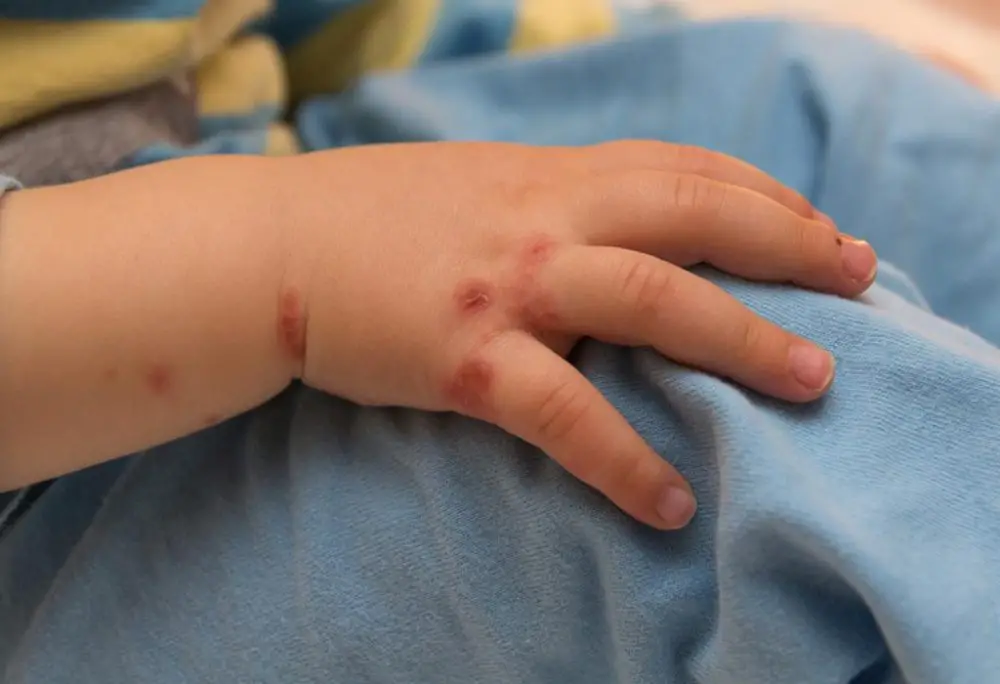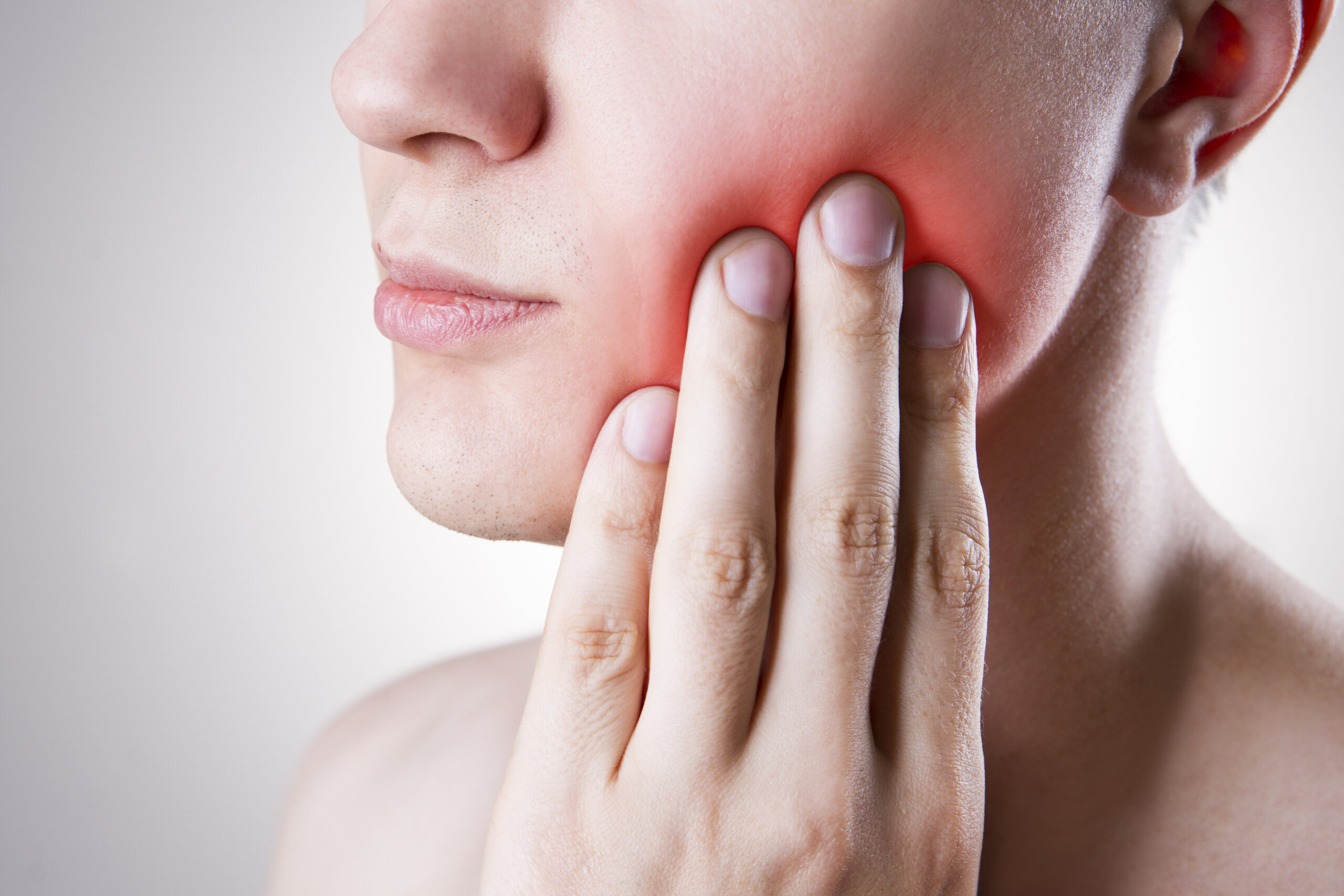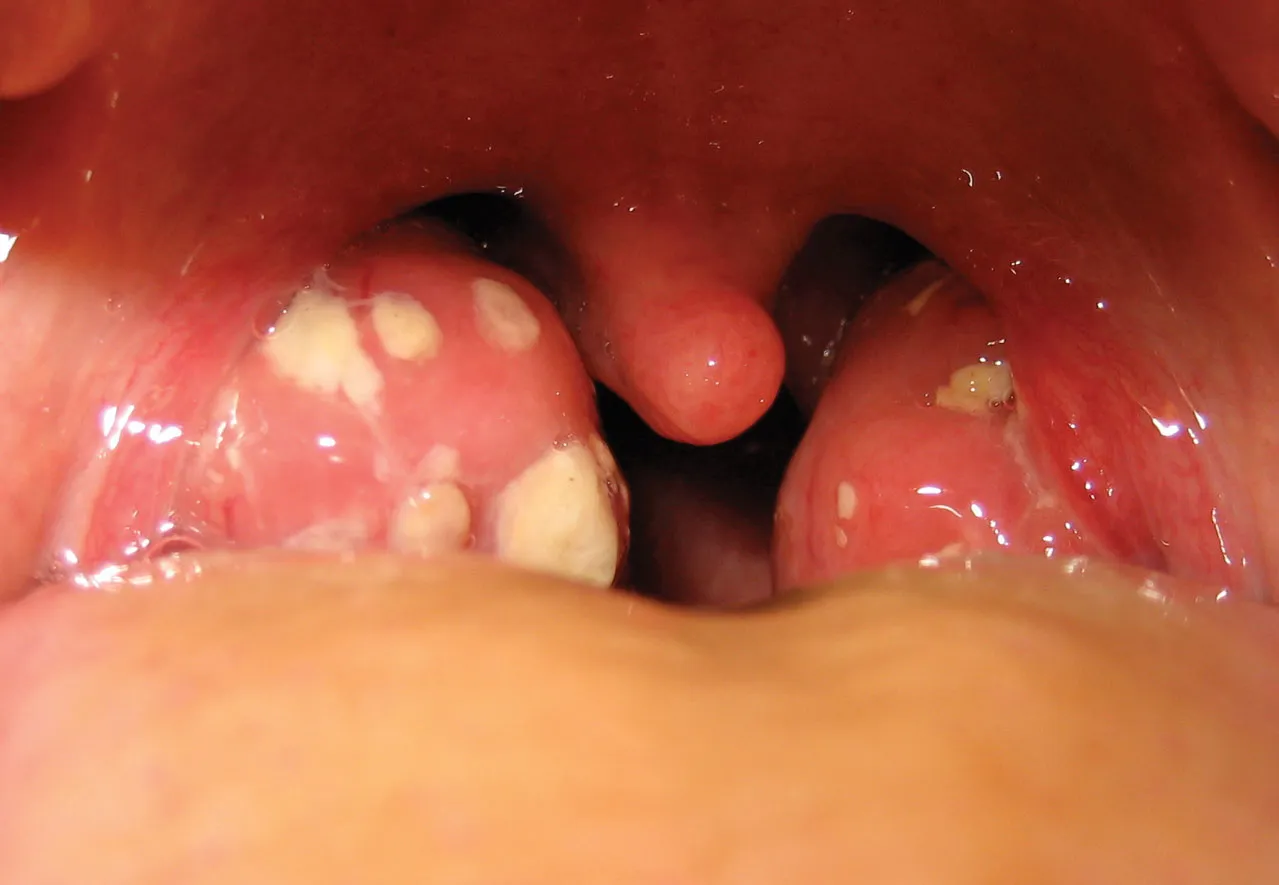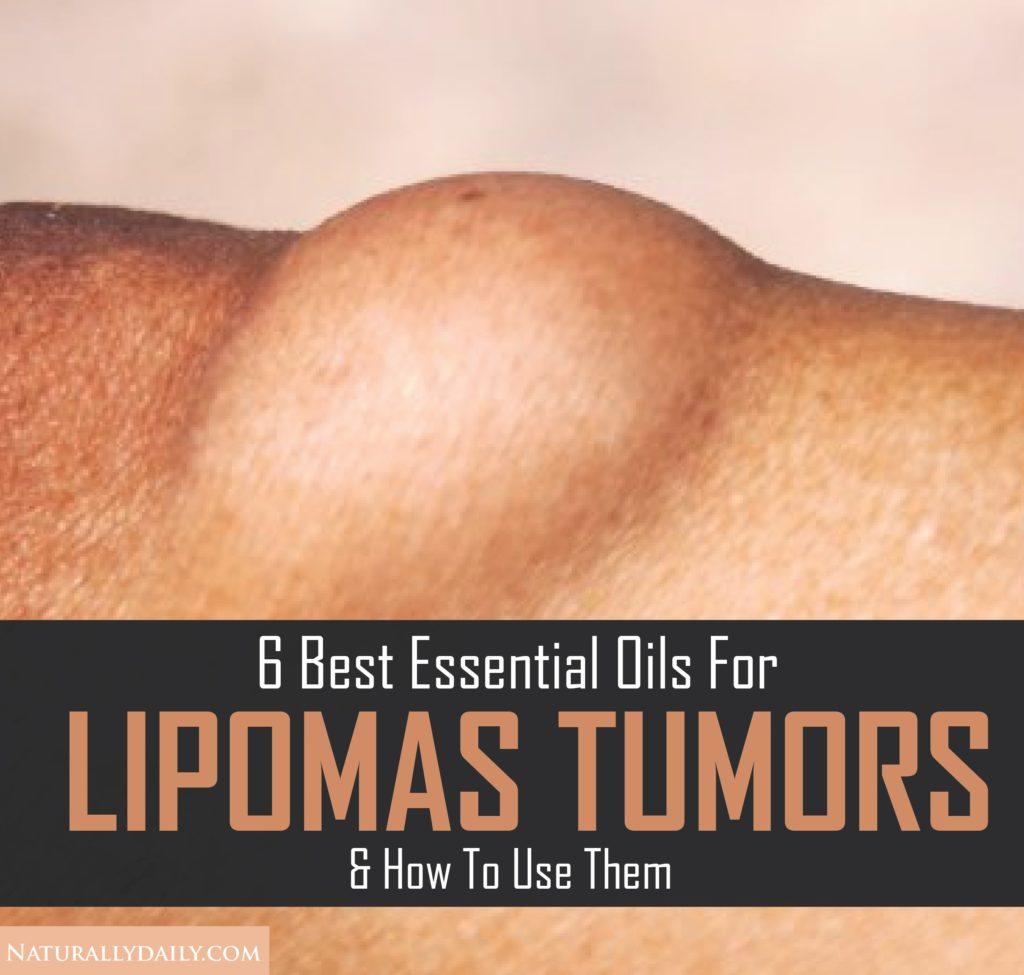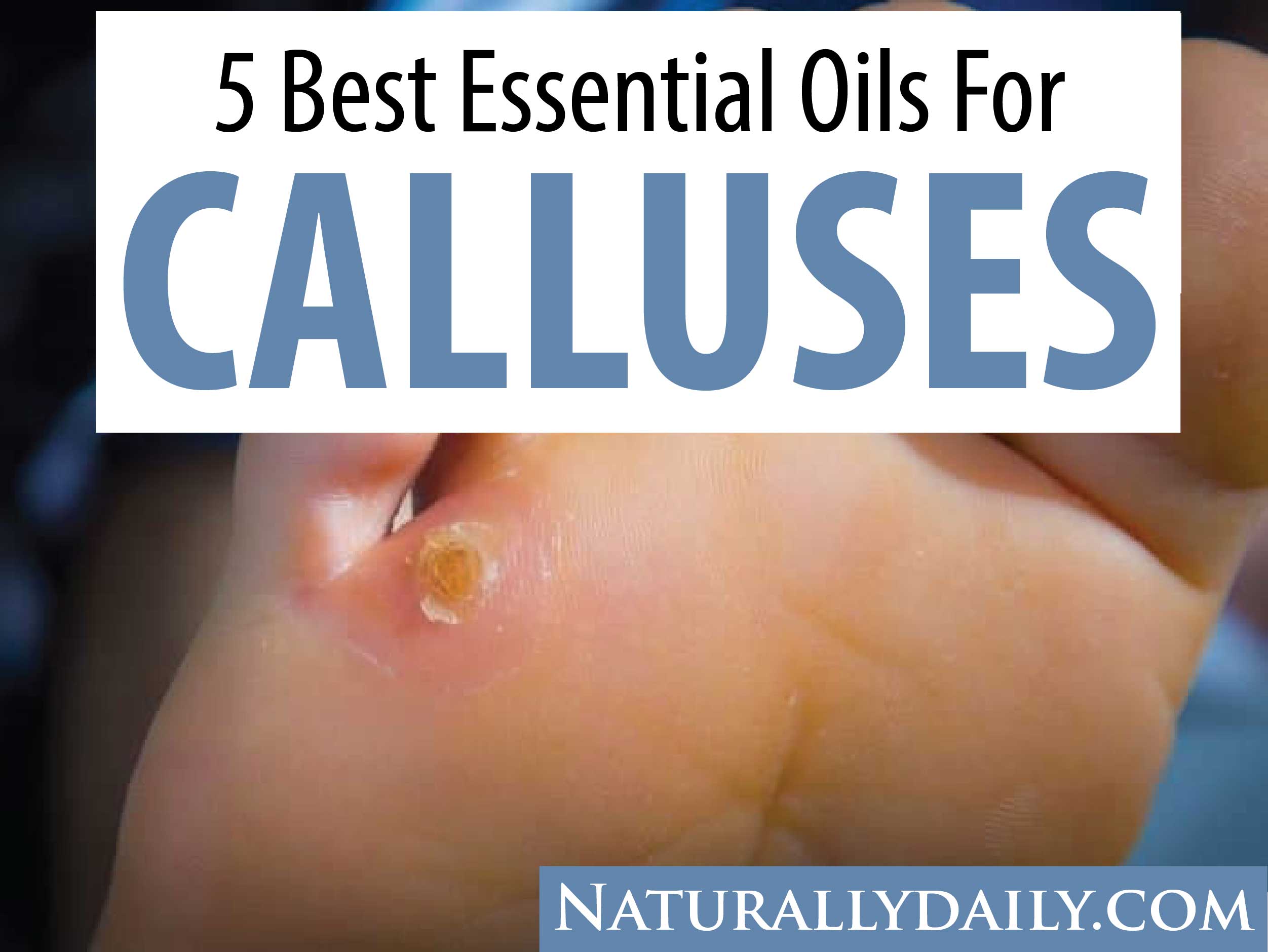A wasp is a winged insect from the Hymenoptera order and Apocrita suborder. It is typically yellow with a black stripe and has a narrow waist and a sting. [1]
Wasps are hunters and prey on animal protein sources.
While mosquitoes, gnats, and bees are a nuisance, wasps can be dangerous. There can be severe toxic reactions from a wasp sting if you don’t take care of it. [1]
But, you don’t need to suffer all day long because of a painful sting. Some essential oils for wasp sting may help you get rid of the pain and further infections.
Essential oils are quite popular these days because of their anti-inflammatory, antibacterial, and antiseptic properties. If used properly, these oils can reduce pain, inflammation, and the risk of infections.
Remember, a Wasp sting sometimes can put you in an emergency such as trouble breathing, shock, and allergic reaction. You must seek emergency medical attention if you have these symptoms.
Essential Oils for Wasp Sting
Here are some essential oils for wasp sting that you may try:
1. Lavender Essential Oil
Lavender oil originates from the flowers of the lavender plant (Lavandula angustifolia) through steam distillation. This oil has an amazing scent with numerous therapeutic properties.
Lavender oil has healing effects. It’s because the oil contains anti-inflammatory, antibacterial, antioxidant, and analgesic properties.
A study published in 2002 evaluated the antibacterial, antifungal, sedative, and antidepressive properties of lavender oil. [2]
It was also reported that the oil could work effectively on burns and insect bites. It means you can use this oil to soothe the pain and inflammation due to a wasp sting. [2]
READ ALSO: Lavender Oil for Hair Problems: 5 Ways to Use It
2. Tea Tree Essential Oil
Tea tree oil is quite famous because of its strong medicinal properties. For centuries, people have been using this oil as an antiseptic.
Tea tree oil is quite popular to treat various skin problems. It’s because the oil is rich in anti-inflammatory, antimicrobial, antibacterial, and antiseptic properties. [3]
Due to these components, tea tree oil may reduce the pain, inflammation, and swelling from a wasp sting.
READ ALSO: 11 Effective Ways to Use Tea Tree Oil for Warts
3. Eucalyptus Essential Oil
Eucalyptus oil originates from the stems, twigs, and leaves of the eucalyptus tree through steam distillation. The oil has been used to treat several skin-related issues due to its medicinal properties.
A study published in 2012 evaluated the antimicrobial activities of eucalyptus oil. Researchers found the oil contains antiseptic, antibacterial, astringent, and disinfectant properties.
These properties make the oil treat bronchitis, burns, diarrhea, inflammation, pain, etc.
If you have extreme inflammation and pain due to a wasp sting, eucalyptus oil may soothe your pain.
4. Chamomile Essential Oil
Chamomile essential oil is derived from the flowers of the chamomile plant. The oil is rich in numerous therapeutic components.
There was a study published in 2010. It is reported that chamomile oil is rich in anti-inflammatory, mildly astringent, antioxidant, antibacterial, and healing properties. [5]
These properties may help chamomile oil to work great on a wasp sting.
Like lavender oil, chamomile is also calming and relaxing. Therefore, it can let you relax while soothing the pain.
READ ALSO: 15 Health Benefits of Chamomile Tea (Backed by Science)
5. Vetiver Essential Oil
Vetiver oil is generally used as a powerful insect repellent. But it can also treat some inflammatory problems like a wasp sting.
A study shows the oil is rich in anti-inflammatory, antioxidant, antibacterial, and anti-aging properties. That’s why oil is used in the cosmetic industry. [6]
Due to its antibacterial components, vetiver oil may also prevent further infections due to a wasp sting.
6. Thyme Essential Oil
If your skin is sensitive, you can get an infection due to a wasp sting. Thyme oil can protect you from this infection, thanks to its antimicrobial properties.
A study was published in 2011. It is reported that Thyme oil has strong antibacterial and antiseptic properties. [7]
Another Study published in 2012 reported that the antimicrobial properties of thyme oil could work against those bacterial strains that are resistant to several drugs. [8]
7. Peppermint Essential Oil
Peppermint oil originates from the crossbreed between spearmint and water mint tree.
The oil is rich in anti-inflammatory, analgesic, antibacterial, and antiseptic properties.
Peppermint oil is a popular remedy for irritable bowel syndrome (IBS). But it can treat various skin infections as well.
A study published in 1996 evaluated the antifungal and antibacterial effects of some potent essential oils. Peppermint oil was one of them. [9]
Menthol is one of the key components of peppermint. This component works as a natural analgesic and helps calm your itchy and inflamed skin. [10]
READ ALSO: 12 Health Benefits of Peppermint Oil + (How to Use It)
How to Use Essential Oils for Wasp Sting
You can use essential oils to get rid of the pain and inflammation in many ways. But, first, you must remove the stinger.
Here’s a simple method of removing the stinger:
- Take a tweezer and carefully remove the stinger.
- If you don’t have tweezers, you can also use a card or hard plastic to do that.
- Scrape the card onto the surface, making the stinger catch onto the surface and pull it out.
After you remove the wasp stinger, try any of these methods to ease the pain and inflammation.
Wasp Sting Blend:
- Take two drops of lavender oil, one drop of each chamomile oil, peppermint oil, and vetiver essential oil. Mix them well.
- Apply the oil mix to the wasp sting area using a cotton swab.
- Repeat this process every few hours for complete relief.
Wasp Sting Balm:
- Take one tablespoon of each of beeswax pastilles, shea butter, and raw honey. Mix them well using a double boiler.
- Once melted, take off the heat. Allow it to cool.
- Pour them into a suitable container.
- Add four drops of lavender oil, three drops of peppermint oil, and two drops of chamomile oil and mix them again.
- Keep the container in a refrigerator and let it sit overnight.
- You can use the balm as an ointment.
Precautions While Using Essential Oils for Wasp Sting
Essential oils can give you comfort from the irritation and pain of wasp sting. But using these oils in the wrong way can also create a problem for you. That’s why you must be careful while using them.
- Apply a little amount on your skin so you don’t have a wasp sting. Wait for 3-4 hours. If there is any irritation or allergic reaction, avoid using that oil.
- It’s highly recommended not to apply essential oils to the skin without diluting them.
- Do not consume essential oils orally.
- Always read the label first before using them.
- Store the oil in a cool, dry place.
- Do not go to direct sunlight after topical application of any essential oil.
When Do You Need to Seek Medical Attention?
A wasp sting can cause severe allergic reactions. The stinger contains wasp venom that can make your body go into shock. So, it’s important to ask for a medical emergency if you see the following symptoms after getting attacked by wasps sting:
- Severe swelling of the lips, throats, and face.
- Difficulty in breathing.
- Dizziness.
- Itching in the areas of the body not affected by the sting.
- Blood pressure drops suddenly.
- Diarrhea.
- Nausea or vomiting
- Weak or racing pulse.
Final Word
Your whole summer vacation can turn into a nightmare because of these annoying wasps.
If you’re planning a trip, don’t forget to take proper precautions. Take ointments, antiseptics, and non-drowsy daytime pills with you in case of emergency. You can also carry some essential oils to get rid of pain and inflammation.
While you’re enjoying the countryside, don’t go near shrubs, abandoned vehicles, and bushes where stinging insects are available.
As the venom from wasp sting can cause severe allergy, always keep alert and call the doctor if needed.
READ NEXT: 8 Essential Oils to Keep Bees Away: Natural Bee Repellents

